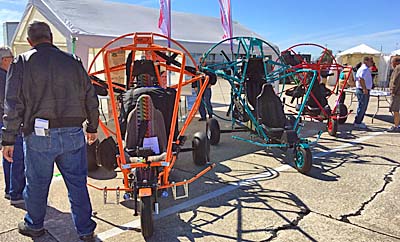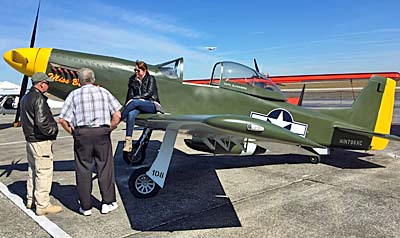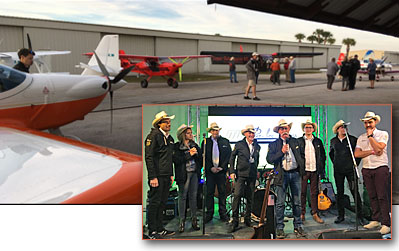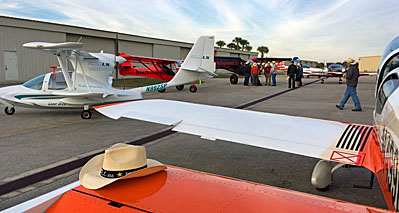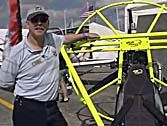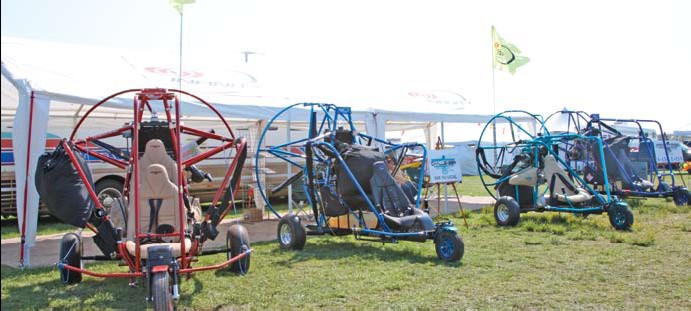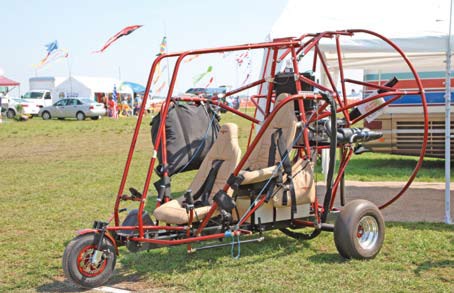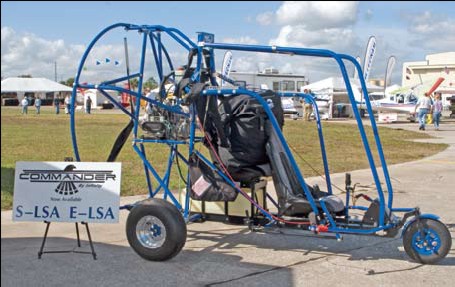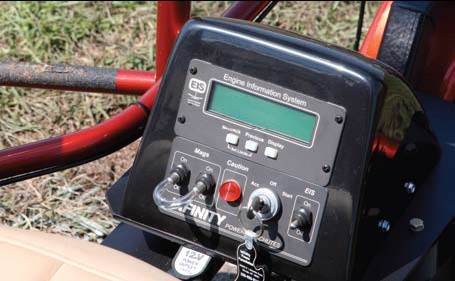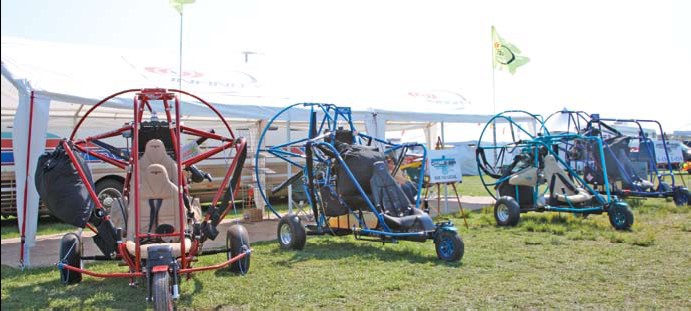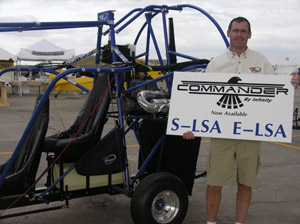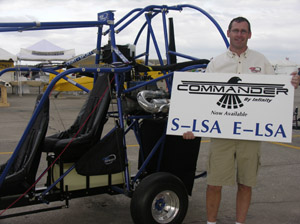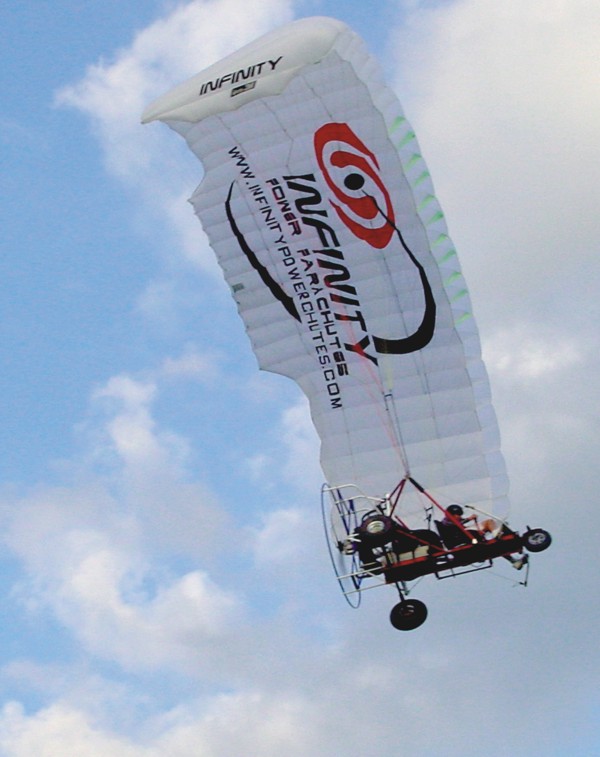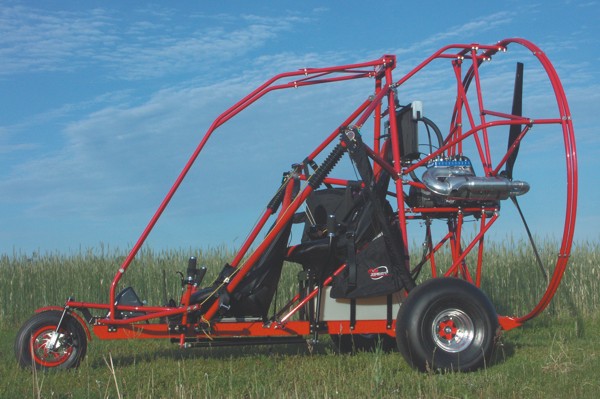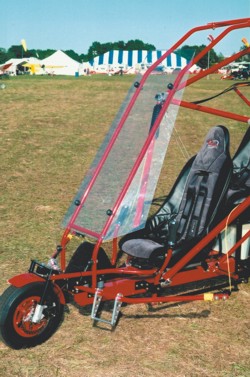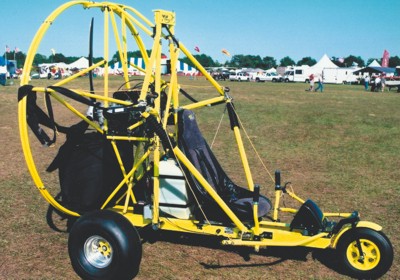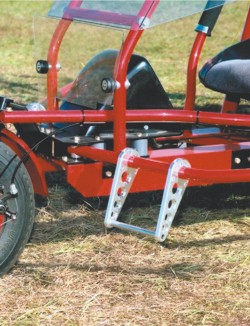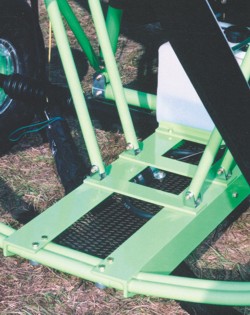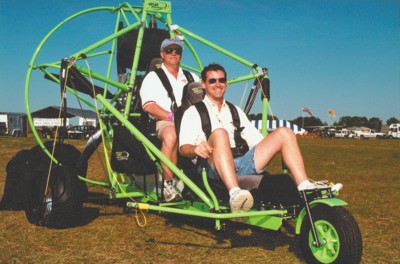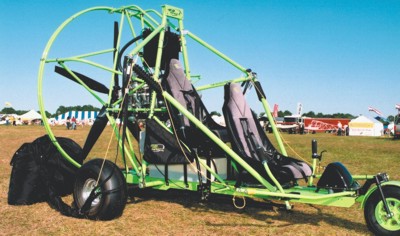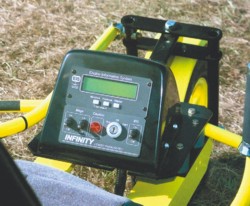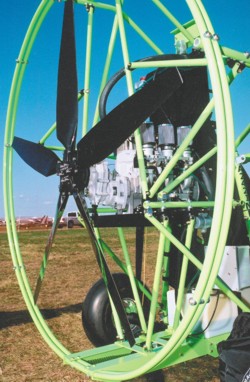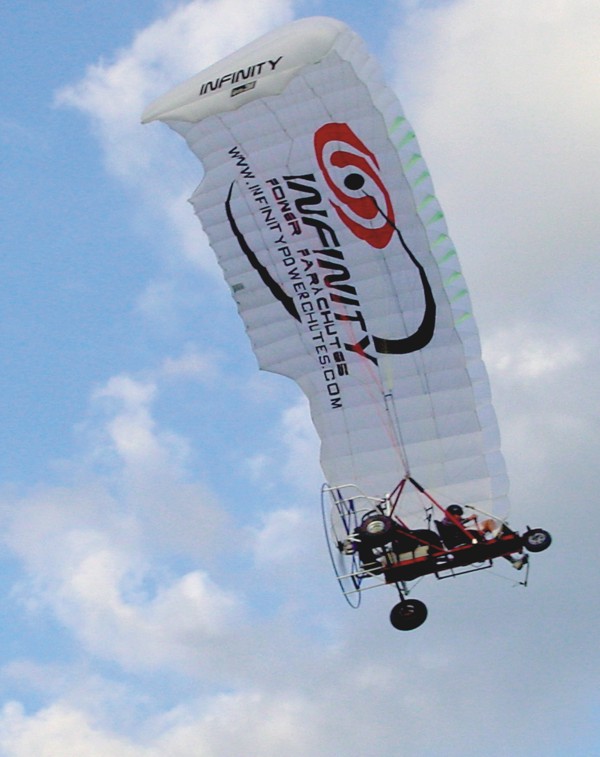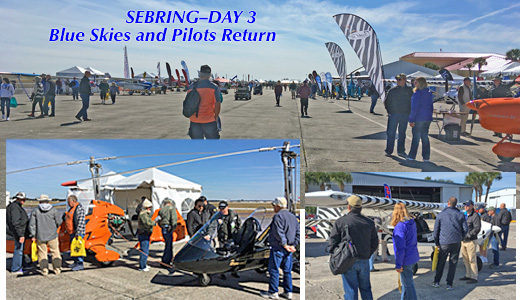
As Day Three arrived, blue skies returned to Sebring after a damp start on Day Two and with them came the best crowds of pilots and companions of any day so far …by far. As you see in the lead photo (home page), crowds were often so thick around aircraft that a picture barely showed the flying machine. It was a fun if chilly day and the mood of pilots and aircraft reps was upbeat. I was also informed that a number of paid sales went down and prospects are talking seriously about other purchases. Most aircraft vendors know a purchase of this size may warrant additional thought post-event but clearly some customers had come ready to deal. For years I’ve maintained that sector-specific shows like Sebring produce more sales per visitor than the big shows. Neither pilots nor vendors can miss Sun ‘n Fun or Oshkosh and still claim to be true-blue aviators.


